The Role Of The Visual And Vestibular System
As a physical therapist trained in the intimate details of the muscle-skeletal and nervous system, I used to think of the vestibular system and visual system as two totally separate entities. As a former patient myself, suffering a horrific motorcycle accident that left me temporarily paralyzed, I was forced to learn about the other sensory systems for me to stand up and walk again.
While working toward my recovery after the accident and learning more about the nervous system, I began to understand the relationship between vision and vestibular function. After taking courses and vigorously researching how the vision and vestibular systems work together, I no longer consider the two systems as separate. I have learned that evaluating and treating the vestibular system is as important to my patients’ outcomes as proper evaluation and treatment of their visual systems.
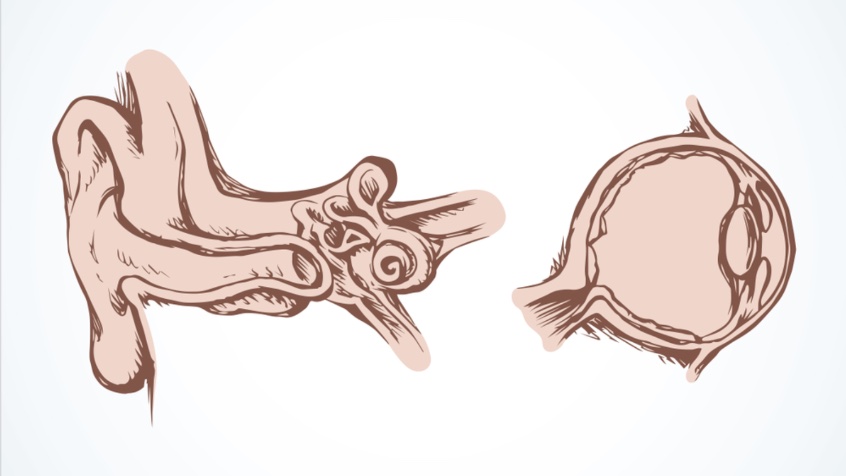
What is the vestibular system?
Sometimes called the “balance system,” the vestibular system is located in the inner ear. It is the first fully myelinated sensorimotor system of the human body, and is fully functional at birth, because the mother’s movements during pregnancy stimulate vestibular development in the fetus.
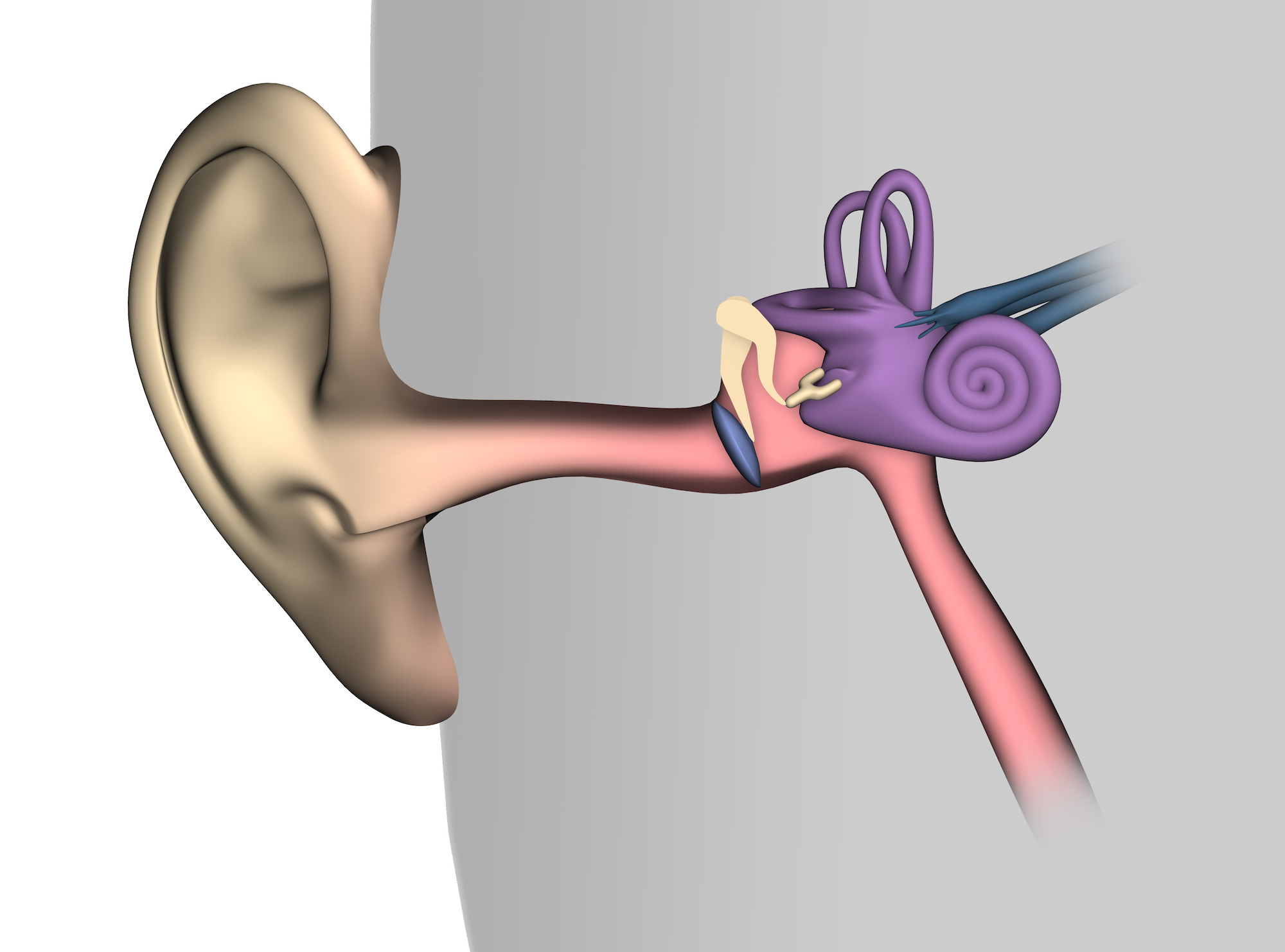
The job of the vestibular system is to sense changes in motion. It is not a motion detector, but rather more of an accelerometer of sorts. It senses both linear and rotational acceleration/deceleration and gravity. It lets us know our position with gravity and whether or not we are moving. It registers linear motion through the utricles (mostly horizontal), and saccules (mostly vertical), which together make up organs called otoliths. Registration of rotary motion is through the six semicircular canals.
Stimulation of the otoliths releases serotonin producing calmness, relaxation and lowered tone. Stimulation of the semicircular canals releases adrenaline producing excitation, arousal and increased tone.
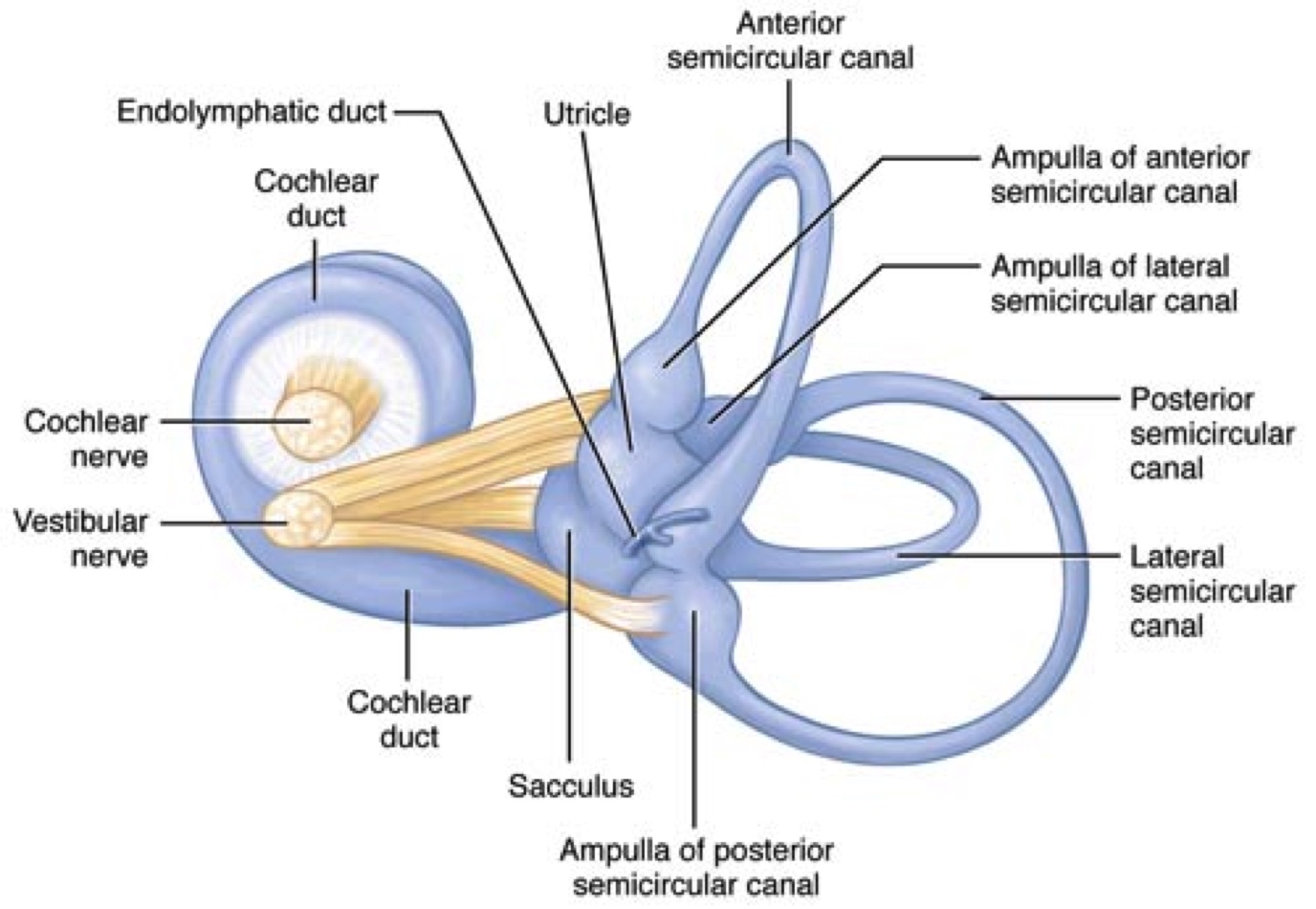
Physiologically, the vestibular system is connected to the digestive tract, language center of the brain, the limbic system and to the
muscles of the eyes. A well-functioning vestibular system will thus contribute to healthy digestion, the emergence of receptive and expressive communication, emotional bonding, and visual focus.
Consider what happens when an adult lifts a baby off the ground playfully, holds the child overhead, smiles and babbles at him. A child with a well-functioning vestibular system returns the smile, makes eye contact, babbles back, and in some cases, throws up! What an amazing system it is! Normalizing vestibular function is crucial for all children’s development to proceed in a predictable, efficient fashion.
Why is the vestibular system so important to vision?
Looking at the vestibular system in isolation neglects its important integrative properties. Instead, view it as a part of a marvelously
created sensory system that integrates with touch, body awareness, sound, and especially vision. The efficiency of vestibular system affects almost every type of sensory integration, most importantly vision. From the beginning of life, the vestibular system is essential to vision. It holds the eyes aligned for a time after birth, until the visual system is mature enough to function. It may very well play a significant role in strabismus (eye turns) because of its vital role prenatally and in early development.
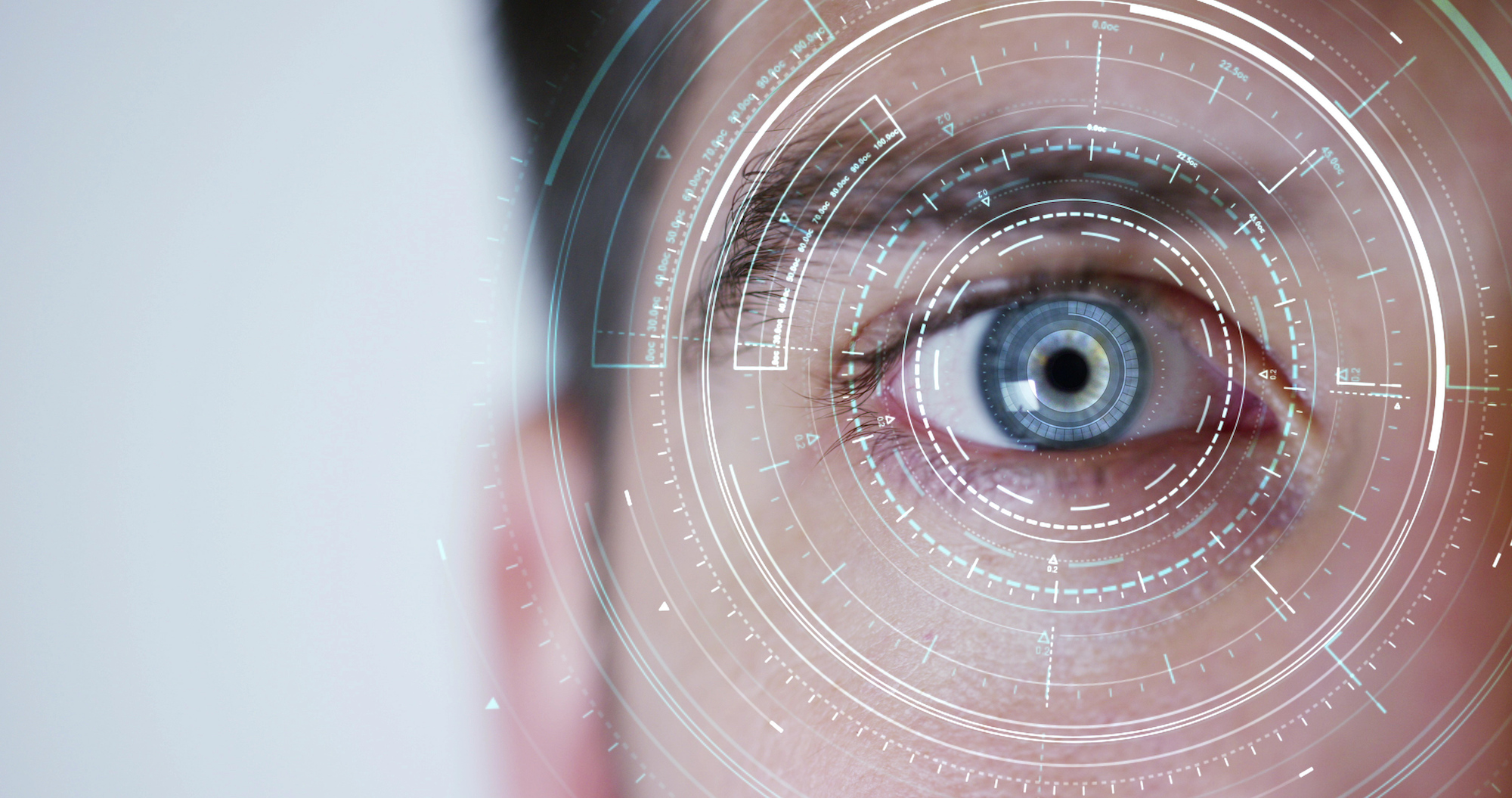
The vestibular system allows us to keep our eyes on a target without drifting away via the vestibulo-ocular reflex (VOR). The VOR has two
parts, translational (linear) and rotational (rotary). Sound familiar? Remember the otoliths and semicircular canal functions? The “dance” produced by the otoliths and the semi-circular canals, as they adjust activity level and tone effect eye movements and focus.
The vestibular system works in conjunction with the visual system to detect head and body motion as well as eye movement. This
interaction is called the opto-kinetic system, which serves as the body’s motion detection system, and allows us to make two types of eye movements. Slow, steady, smooth eye movements called “pursuits,” and large eye jumps that occur without blur in between points A and B called “saccades,” take place effortlessly when the visual/vestibular interaction is intact.
How does the vestibular system “balance” the visual system?
The three semicircular canals on each side of the head work in almost the same plane of regard as the extra ocular muscles of the eye. Each eye has six muscles surrounding it. Each canal innervates two ipsi- lateral and two contra-lateral muscles affecting the plane of action of the muscles that match.
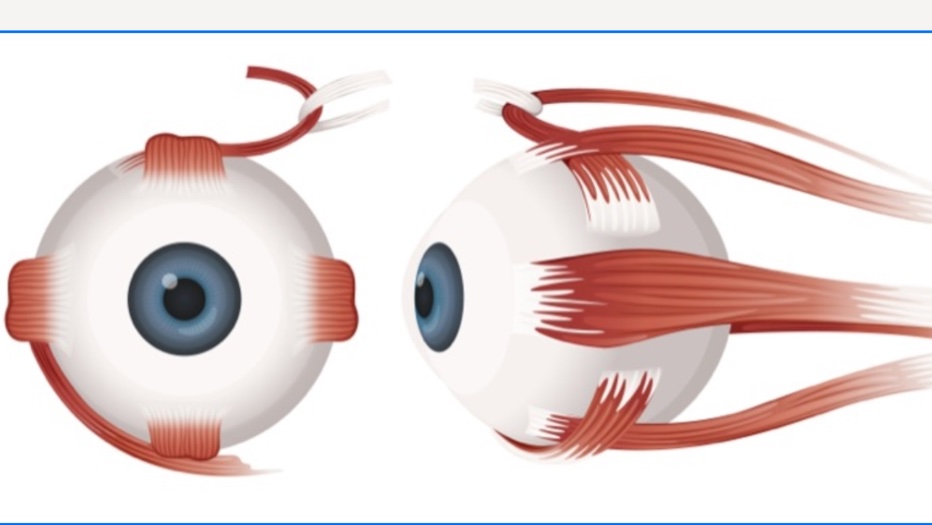
There’s more! How would an ENT physician, a neuro-otologist, or a well-trained physical therapist all evaluate the vestibular system? By
looking into a patient’s eyes! They might observe the presence and duration of rapid eye movements, called post- rotary nystagmus, following the cessation of a period of spinning, which indicate how well, the vestibular system and vision are functioning together.
The presence of optokinetic nystagmus in infants as young as four to six months of age tells us that the brain is learning to process motion. Because of the pairing of vision and vestibular systems, evaluating optokinetic nystagmus can help eye care professionals make a differential diagnosis of esotropia, or an infantile eye turn.
Many patients with brain injury have hyperactive vestibular systems, which their brains register as motion sickness, because the eyes register the hypersensitivity as perceived peripheral motion. Every one of hundreds of patients I have examined with visual processing, pursuit, or saccade difficulties has an abnormal post-rotary nystagmus.
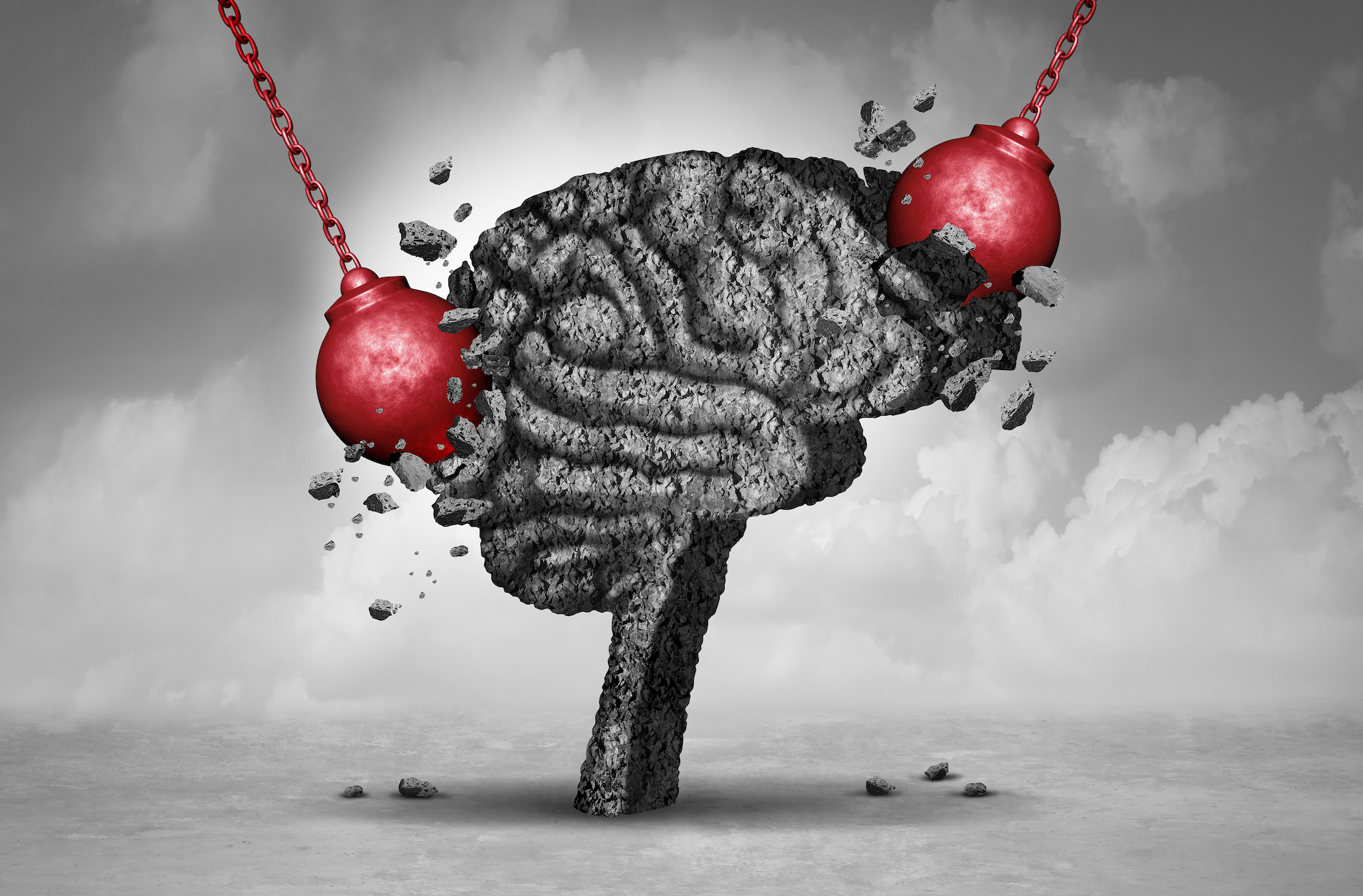
Many studies dating from the 1960’s showing the visual-vestibular relationship. A review of the literature on the relationship between vestibular function and vision showed that children with developmental delays who received therapy in both areas made the best progress. While vestibular intervention alone improved balance, sensory integration and socialization, adding visual therapy and including the use of lenses and prisms also improved binocular function.
Stating that the vision and vestibular systems are related is an understatement. To say that they are both involved in development is insufficient. To say that they are a single integrated system may cause some professionals to look at you funny. When they learn about this remarkable relationship, they understand.
In treatment of anyone with a vision, balance or other problem, professionals simply cannot look at an isolated sensorimotor system; they must look at them all. And we haven’t even talked about proprioception, tactile, or auditory processing and their relationship to vision. We’ll leave that for another article. Stay tuned!
To learn more, chat directly, participate in Live Streams, and view all of my educational videos, Join BodMechanic Ed Today!
CONTACT FORM
If you have a question or need assistance, please send us a message using the form below. Please be as descriptive as possible when submitting your message.
